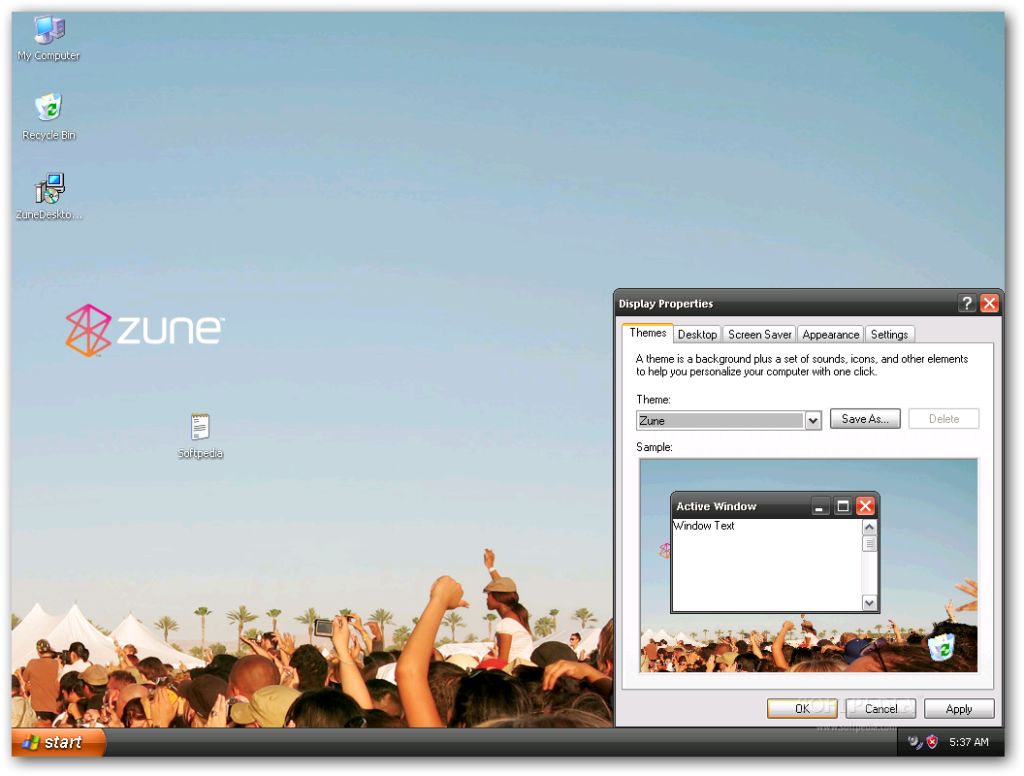
I had this problem last month – my home Windows XP went “dead” and I had no choice but to reformat the entire hard-disc. Sounds easy except for one tiny problem.
This meant I need to redo my Windows Update as well and with a dial-up connection at home, updating Service Pack 2 means I have to wait for ages.
The solution was to slipstream the Windows XP with SP2. The concept of slipstreaming is explained as follows:-
Back when Microsoft was developing Windows 2000, the company decided to create up a more elegant way of integrating service packs and other fixes back into the core OS, so that enterprise customers could always maintain an install set of the latest version of Windows, ready to be installed at any time on new machines.
And slipstreaming isn’t limited to service packs, either: You can also slipstream in various product updates, including hot-fixes
The details how to do slipstreaming can be found here and summarised as follows:-
Step 1: Copy your XP CD-ROM contents to the hard drive
First, you need to find your Windows XP CD-ROM (any bootable and/or retail version; including Full and Upgrade versions; XP Home or Pro “gold” release) and copy the contents of the CD to your hard drive.
Create a folder in the root of your C: drive called xp (C:\xp) and use My Computer to simply drag and drop the files between the two locations.
Step 2: Get XP SP2 and extract it
While this is copying, obtain the Full Network Install version of Windows XP Service Pack 2 (272 MB), which you can download from the Microsoft Web site or copy from the Windows XP SP2 CD-ROM.
The download version of this file is named WindowsXP-KB835935-SP2-ENU.exe, while the CD version is called xpsp2.exe. However, both are identical, save for the name. Now, create a new folder called sp2 on the C drive (C:\sp2) and then copy this file to that location.
Now, you need to extract the SP2 files. To do so, open up a command line window by navigating to Start, and then Run, and typing “cmd” (no quotes); then hit ENTER.
Then, using the following commands, navigate to that folder and extract the files (Note that the text [ENTER] means hit the ENTER key):
cd \
cd sp2
xpsp2.exe -x:c:\sp2 [ENTER]Your computer will seem to pause for a bit, and then an Extracting Files dialog will come up and display the progress.
When the extraction is done, the following dialog will appear. Press OK to continue.
If you navigate to C:\sp2 with Windows Explorer, you’ll see a new folder called i386 that contains the extracted files.
Step 3: Combine XP with SP2
Now, type the following in the command line window (where [ENTER] means hit the ENTER key):
cd i386 [ENTER]
cd update [ENTER]
update -s:c:\xp [ENTER]After a short pause, XP SP2 Setup will combine, or slipstream, the SP2 files into the XP install, as shown in this figure:
3
When it’s completed, you’ll see this dialog box. Click OK, and then close the command line window. If you don’t see this dialog, you’ve done something wrong. Ensure that the command line entries you’ve used are correct.
Step 4: Extract a file needed to make your new CD bootable
Before we simply burn the resulting file set to a CD, we need to make sure we have a hidden file found on your XP CD-ROM that will make your new CD bootable.
We can’t grab this file with My Computer, but will instead use a shareware tool called ISOBuster, which you can find on the Smart Projects Web site. The latest version at the time of this writing is 1.6.
After you download and install ISOBuster, choose to use only the product’s free functionality, unless you decide to purchase it, which wouldn’t be a bad idea. The ISOBuster UI will resemble the following (assuming you’ve left your XP CD in the CD-ROM drive):
On the left-side tree view, make sure you have selected the node named Bootable CD. You should see a file called Microsoft Corporation.img (or similar; it will be named something.img) in the right side of ISOBuster.
This is the file you need to extract. To do so, right-click and choose Extract Microsoft Corporation.img. When ISOBuster prompts you, choose to download it to the root of your C: drive. Now you can close ISOBuster.
Step 5: Make a bootable XP SP2 CD
Start My Computer and make a note of the name of your Windows XP CD (my CD happens to be named WXPVOL_EN because it’s a volume licensed version of XP Pro, but yours will likely be different).
Then, eject the XP CD and place a burnable CD (CD-R or CD-RW) in your CD burner, and dismiss any autorun dialog boxes XP might display.
Now, you’re ready to burn your new, bootable Windows XP SP2 CD. How you do this will depend on the CD writing software you use.
Step 6: Test it
Once the CD is created, you should test it on a non-critical system or in a virtual machine such as those used by Microsoft Virtual PC and VMWare Workstation. Depending on the environment you choose, the CD should either boot automatically, or you will see a note asking you to press any key to install.
Use the CD to install Windows XP with SP2 to make sure it’s working correctly. Most important, perhaps, ensure that the version of XP you’ve installed is SP2. To do so, go to Start, then Run, and type “winver” (no quotes) and hit ENTER.